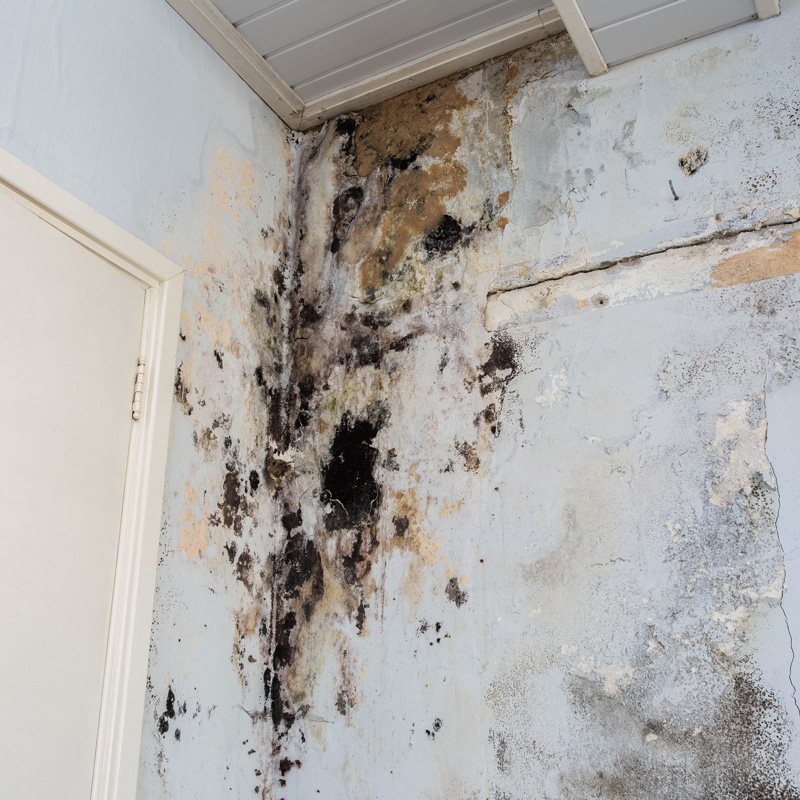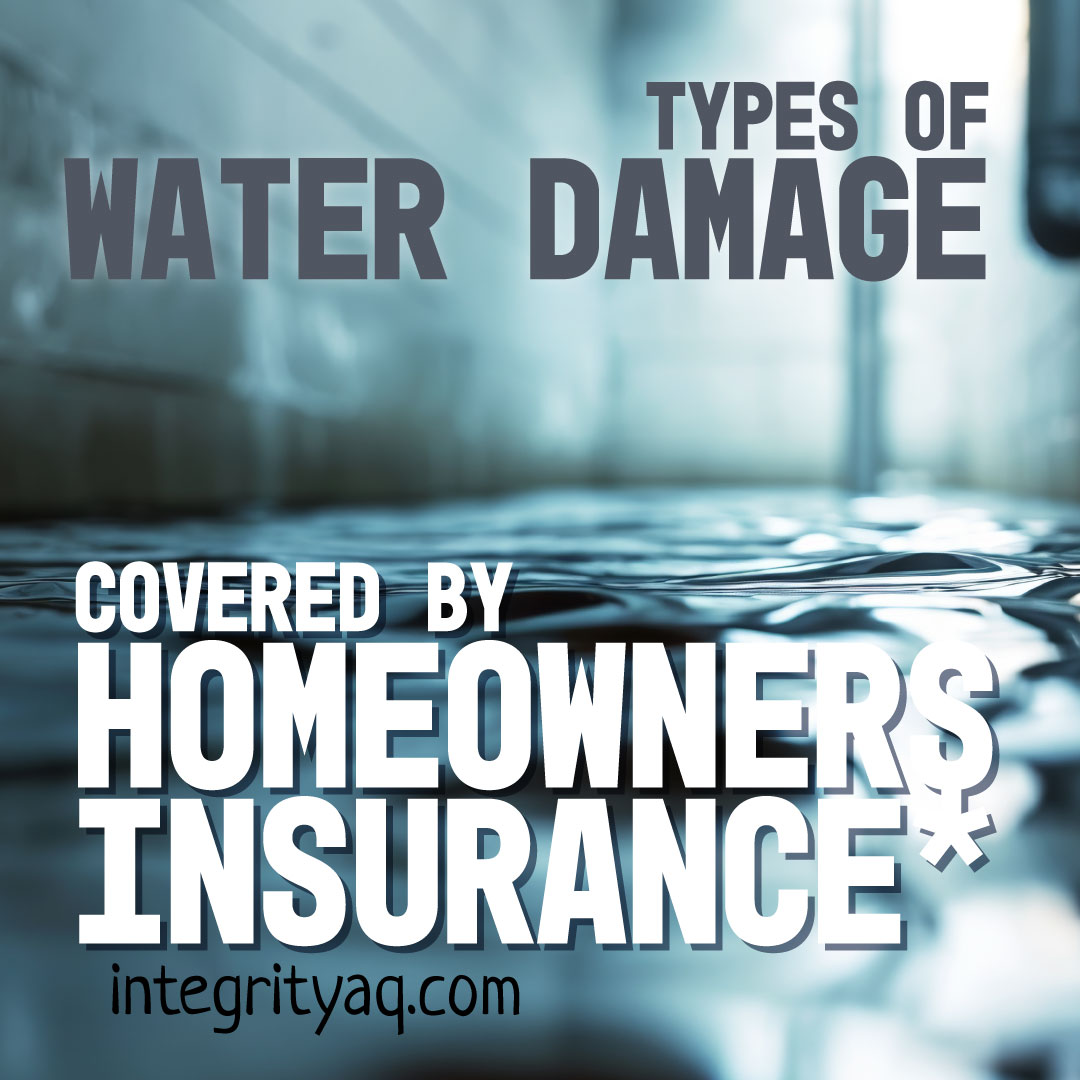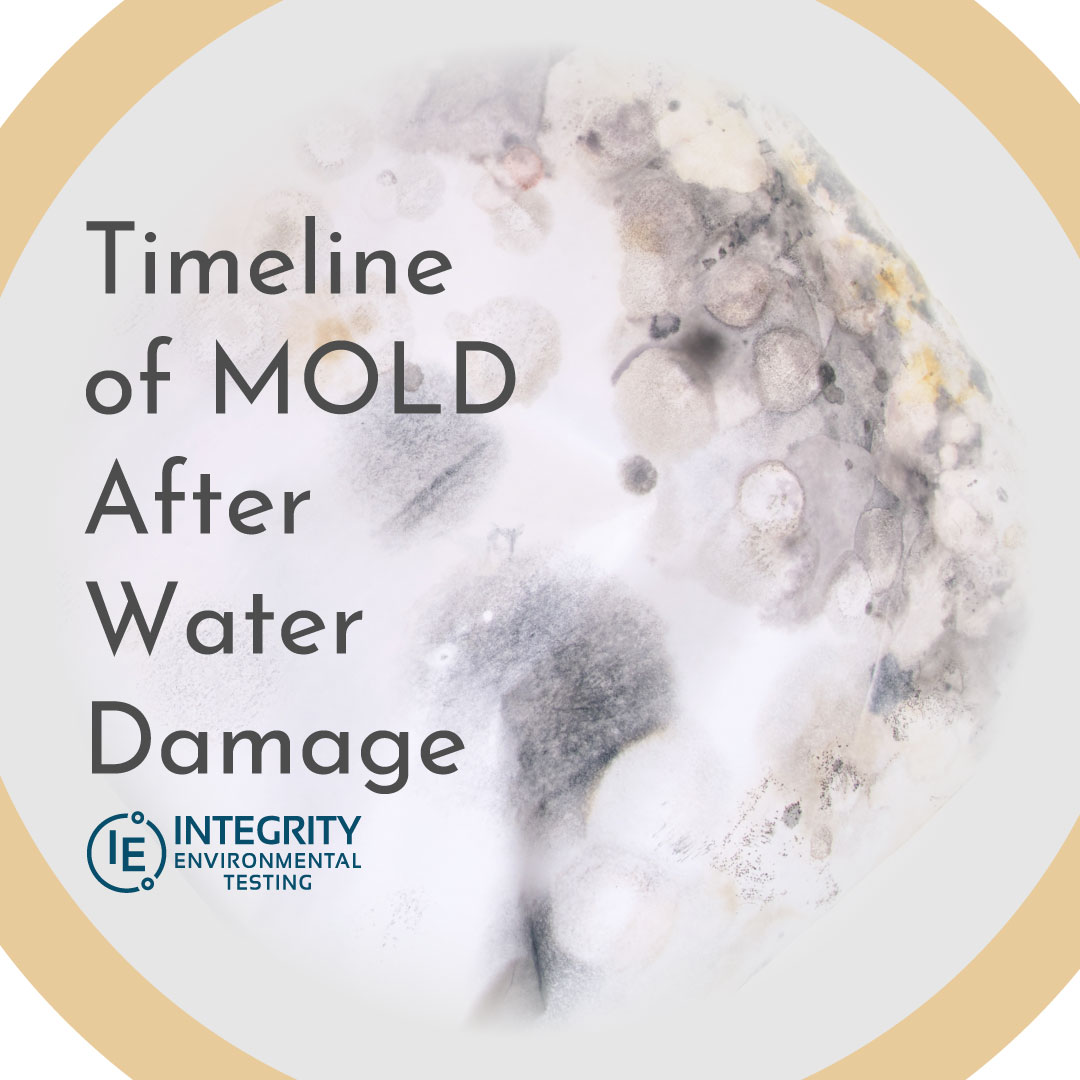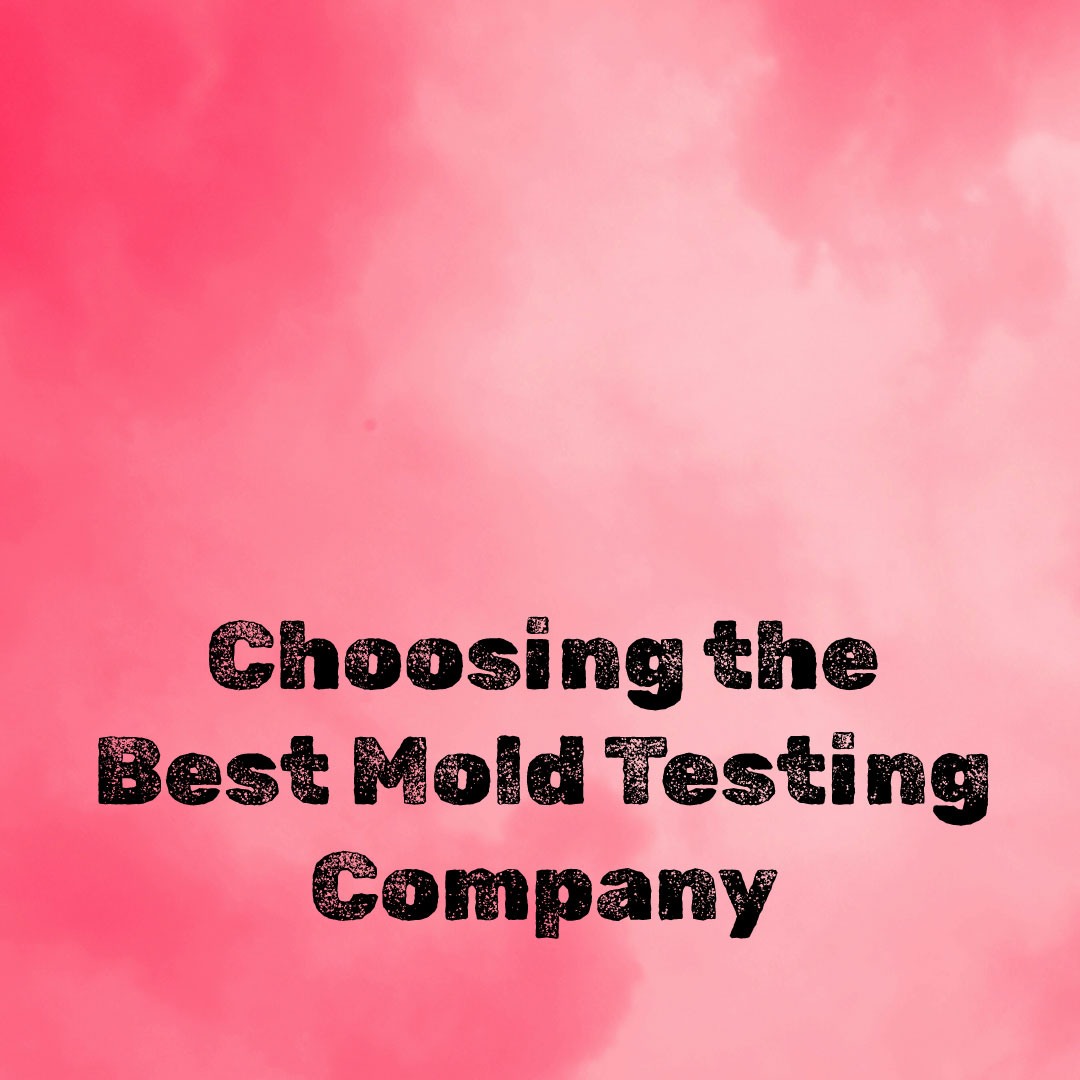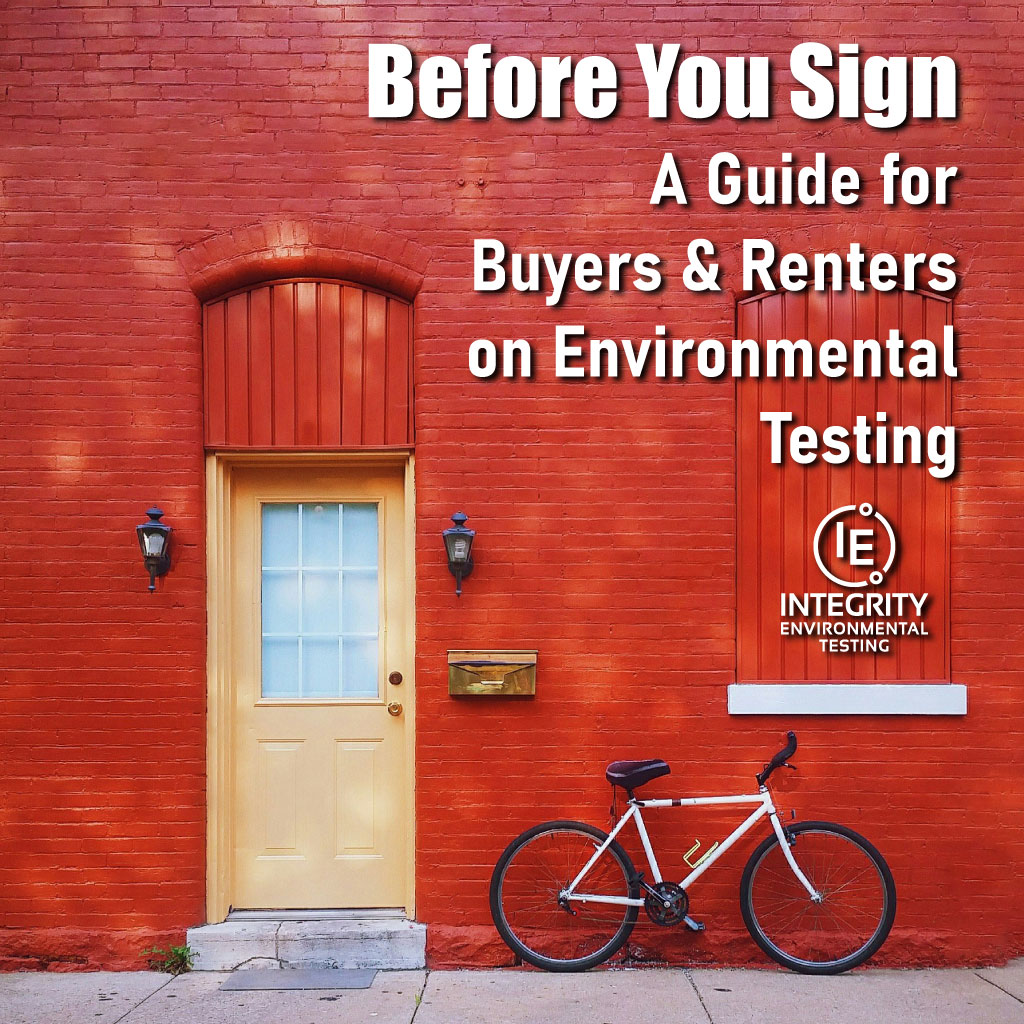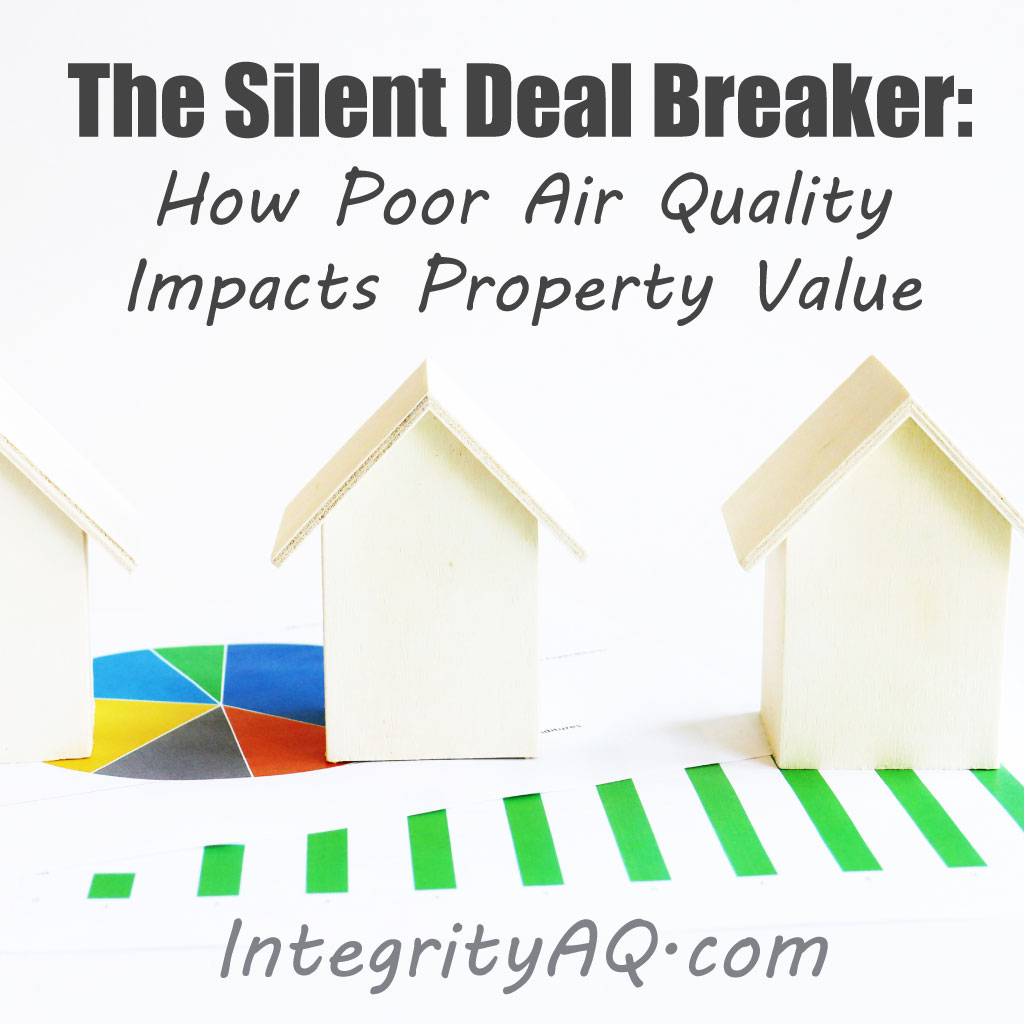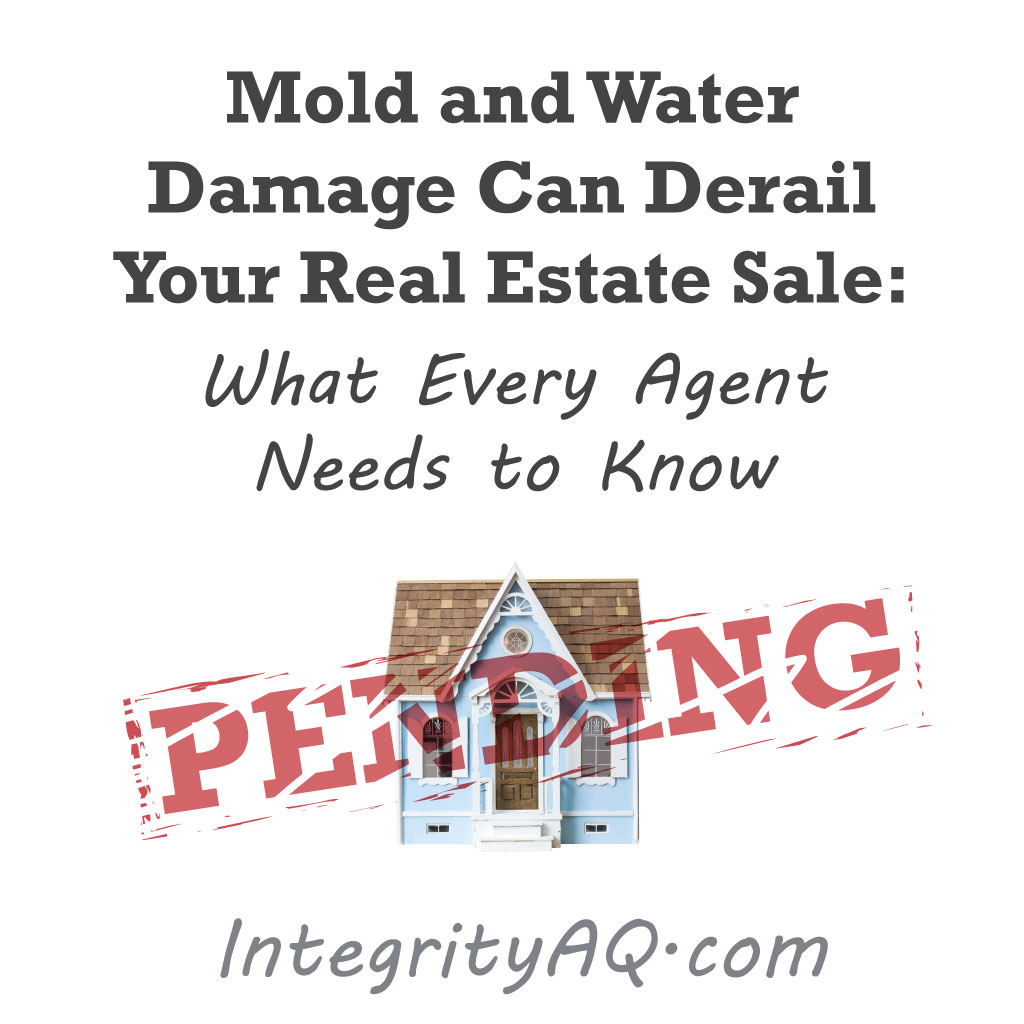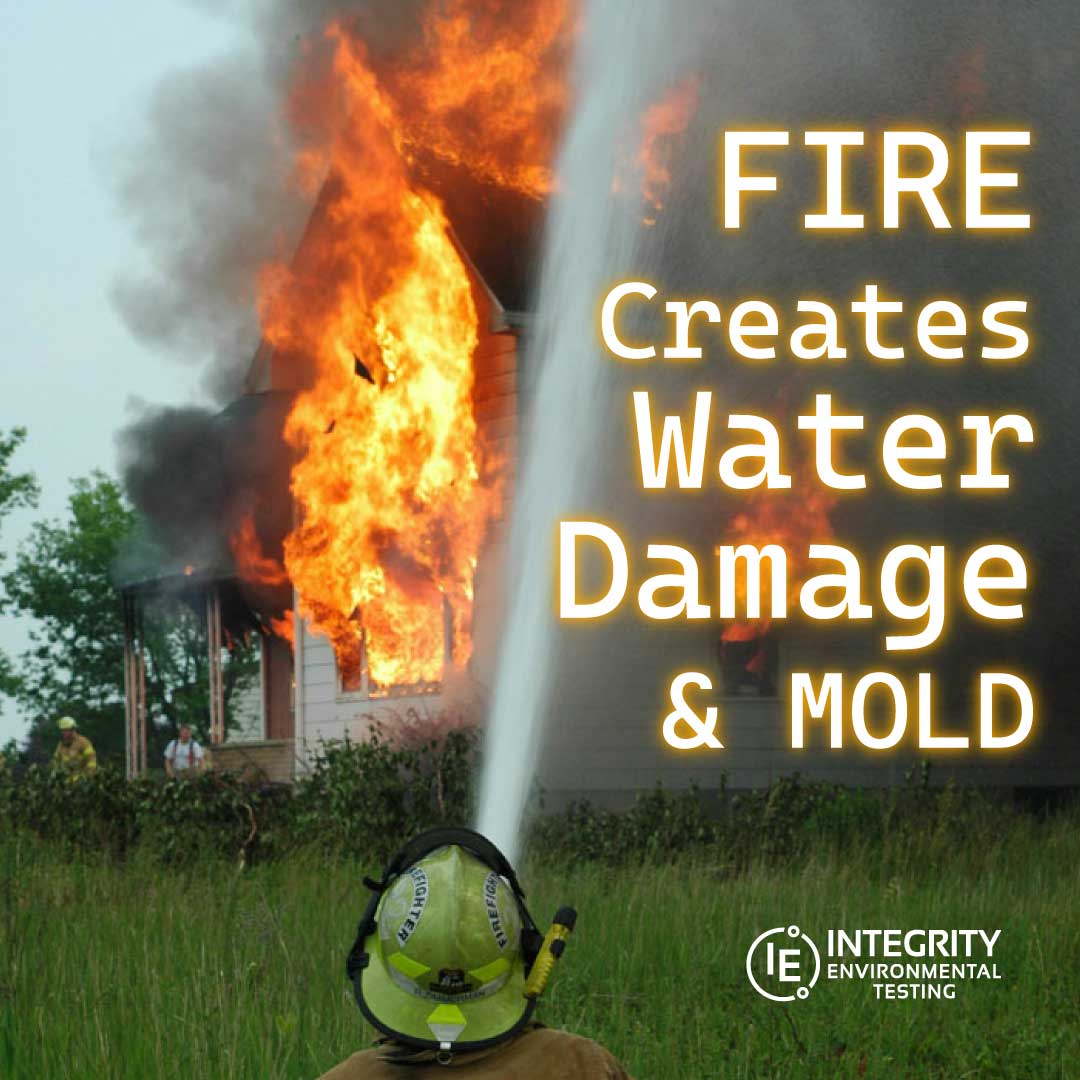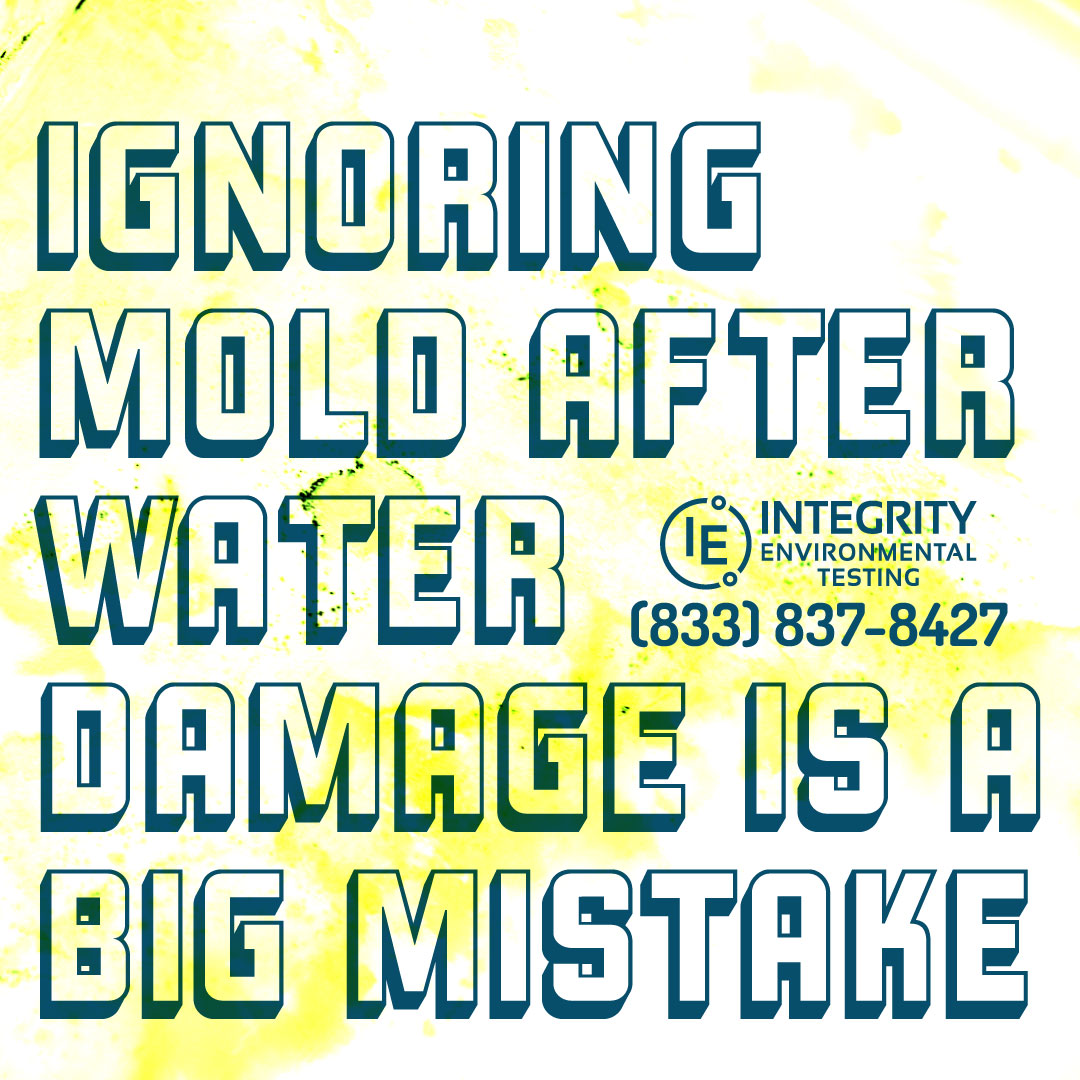Do you need mold testing in Tennessee?
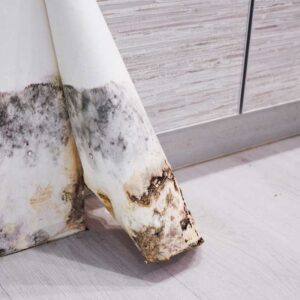
Mold Surface Test
Mold thrives on damp surfaces, often in places you don’t regularly check. Our surface mold testing pinpoints contamination on materials like drywall, wood, and flooring in your Tennessee home, giving you clear answers on whether mold is present and what steps to take next.

Mold Air Test
Mold spores are microscopic, but their impact on your air quality can be significant. Our mold air testing detects elevated mold levels in the air, helping you identify hidden contamination and determine if further action is needed.
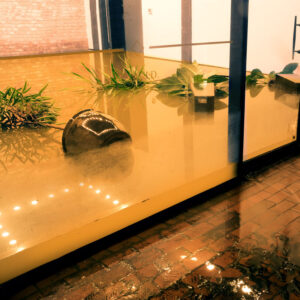
Water Damage and Testing
Water damage can lead to hidden mold growth and structural issues if left unchecked. Our testing identifies contamination levels, giving you the data needed to prevent further damage and protect your property.
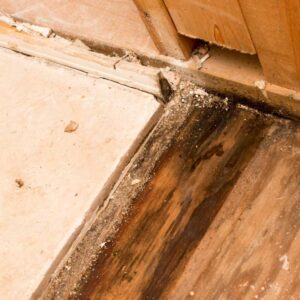
Mold Remediation Tests
Mold removal isn’t complete until you know it worked. Our remediation testing verifies that mold levels have returned to normal, ensuring your space is truly safe before reconstruction or re-occupancy.ATP
Our Mold Testing Services
Mold testing goes beyond visual inspection by analyzing air and surface samples to confirm mold presence and measure spore levels. It can provide detailed insights based on your specific needs.
Mold Test Kits and Other Testing Methods
*Never use DIY (Do-It-Yourself) mold testing kits that can be purchased online and in some stores. Here’s why: Because airborne mold is a natural part of nature, and as a result some of that airborne mold will of course settle into the ‘collection’ container and show mold. That does not answer the more important question, “is the level/type of airborne mold in my home normal or abnormal?“.
*Never use ERMI testing: The ERMI scale for estimating mold contamination was developed for use in research studies related to mold exposure and health impacts. ERMI has been peer reviewed for research purposes but has not been validated for non-research purposes. For this reason, EPA DOES NOT RECOMMEND the routine public use of ERMI in homes, schools, or other buildings
What Type & Level of Testing Do You Need?

High-Level Testing, Every Room Mold Air Test
This is probably the only test you will need. This digital test reveals if there’s an overall airborne problem in your home/structure and where.
Do not start an environmental diagnosis by ‘guessing’!
Airborne mold does not balance out and equalize so you can get very different readings room to room. The whole house/structure test is performed using advanced digital optics mold air testing technology. It generates real time readings and an instant report and is the most cost-effective place to start your environmental diagnoses. If you don’t start by doing a high-level evaluation of every room then you are guessing which rooms may be most affected and where you think the problem is. You won’t know if you guessed correctly.
The report provides a high-level result for each room
Green = Normal
Yellow = Abnormal
Red = Very Abnormal
Mold allergies are not common, affecting less than 10% of the U.S. All mold is remediated the same way, so “getting into the weeds” on what type of mold is present has little value unless someone is allergic to a specific type of mold.

Detailed Mold-Type Testing
What specific airborne mold types are in the problem rooms?
A more detailed lab analysis may be necessary if you are diagnosed with a mold allergy or sensitivity to a certain species of mold. If you haven’t been definitively diagnosed with specific mold allergies, then knowing what type of mold is present has very little value. We recommend skipping this step and moving onto remediation efforts, because all mold is remediated the same way, regardless of type.

Testing for Remediation
Before remediating surface mold, industry standards call for a mold air quality test so the restoration contractor understands the extent of the airborne mold as well as the surface problem. Then both air and surface are remediated. An air clearance test should always be performed at the end of remediation to verify you air quality is back to normal. Without accurate testing, the problem may not be fully addressed. IET provides clear, science-backed data to help you take the right action.
What are the Health Risks of Mold Exposure?
Allergies
The number of people who have been definitively diagnosed by a licensed allergist as having mold allergies, is relatively small.
However, symptoms and reactions to mold vary from person to person, even for those without a diagnosed allergy.
No Allergies
The absence of mold allergies does not make one safe from mold exposure. Prolonged exposure to abnormal levels of ANY substance foreign to our body, like mold, will ultimately have an effect on a person.
X factor
The X factor is the human body. While mold exposure can cause any number of symptoms, like irritation, allergic response, infection, and toxicosis etc. Some people may share the same symptoms, but there is no specific type of mold, exposure length or level that can be used as a baseline for everyone. Every person’s body responds to mold, like any other substance, uniquely.
You might need mold testing if:
- Your residence, commercial property, or building has had a flood, leak, or sewage back-up and third party restoration scope evaluation or clearance documentation is necessary (e.g. related to garment, content, HVAC, and structural contamination),
- You are experiencing foul, moldy or musty odors,
- You intend to purchase or lease ANY property,
- An individual(s) has been diagnosed with a disease or allergies that is or may be associated with a fungal exposure,
- There is evidence from a visual inspection or bulk sampling that the ventilation system may be contaminated. The purpose of such air monitoring is to assess the extent of contamination throughout a building.
- The presence of mold is suspected (e.g., musty odors) but cannot be identified by a visual inspection or bulk sampling (e.g., mold growth behind walls),
- You need to identify specific fungal contaminants as part of a medical evaluation or occupant risk evaluation (e.g. occupants are experiencing symptoms which may be related to fungal exposure),
- You need to evaluate the levels of airborne contamination:
- Crawl spaces, for example, may have a number of unrelated fungal sources that are not readily observed.
What’s the difference between “Visible Mold” and “Suspected Mold”?
VISIBLE MOLD:
Active fungal/mold growth in indoor environments is potentially hazardous as it may lead to exposure and adverse health effects. If you have identified visible mold growth in your home or business, you should remember mold can only affect you or get into your body one of three ways:
- Touching it (which can include it getting into your eyes)
- Eating it
- Breathing it
Since people do not touch or lick mold they see, their primary concern should be “Has the mold sporulated and gone airborne?” Therefore, airborne mold is your primary exposure point. Mold is a two-headed monster, the mold you can visually see and the mold spores that may be airborne which you cannot see. Air testing must be performed prior to beginning mold remediation so the restoration company can understand how much of the ‘mold problem’ is airborne that also needs to be addressed in addition to removing the visual surface mold. It’s possible that the visual mold has not sporulated and is not airborne, but testing should be performed to either confirm or deny its presence and your exposure level.
Suspected Mold:
It is common for us to hear from individuals who suspect the presence of mold, even though there is nothing visible. Sometimes there has been previous water damage, other times they are experiencing a musty smell etc, and need the peace of mind to know if there is a mold problem.
While there is no technology available to identify hidden mold, like in a wall cavity etc, industry best practices do recommend an air test be performed. If abnormal airborne mold levels are found, it is an indication there is a source somewhere.

Always Free Phone Consultations

Call Now!
We’ll Call You!
Certified professionals – experts in environmental hazards – are ready to answer your environmental testing questions.
TESTING FOR MOLD & MOLD REMEDIATION: CAUTION
*Store bought mold testing kits are a waste of money. They do not tell you if the level of mold present is normal or abnormal. They only tell you mold is present and of course there is going to be mold present, because airborne mold is everywhere and natural.
*ALWAYS hire a professional Restoration company to do mold removal or water damage dry out. NEVER try to do it yourself.
*It is a serious conflict of interest for a testing company to do mold removal or for a mold removal company to do its own testing. NEVER hire a restoration company who offers to do the testing for you to “help you out” or to “save you money”.
*Regardless of what you suspect or smell, the airborne mold levels always vary from room to room. Therefore, if you are not going to test every room do not waste your money testing any room.
*Unless you have a specific mold allergy diagnosed by a doctor, knowing the specific type of mold does not have value as all mold is remediated the same way. Knowing whether or not you are being exposed to abnormal levels of airborne mold is far more valuable.


